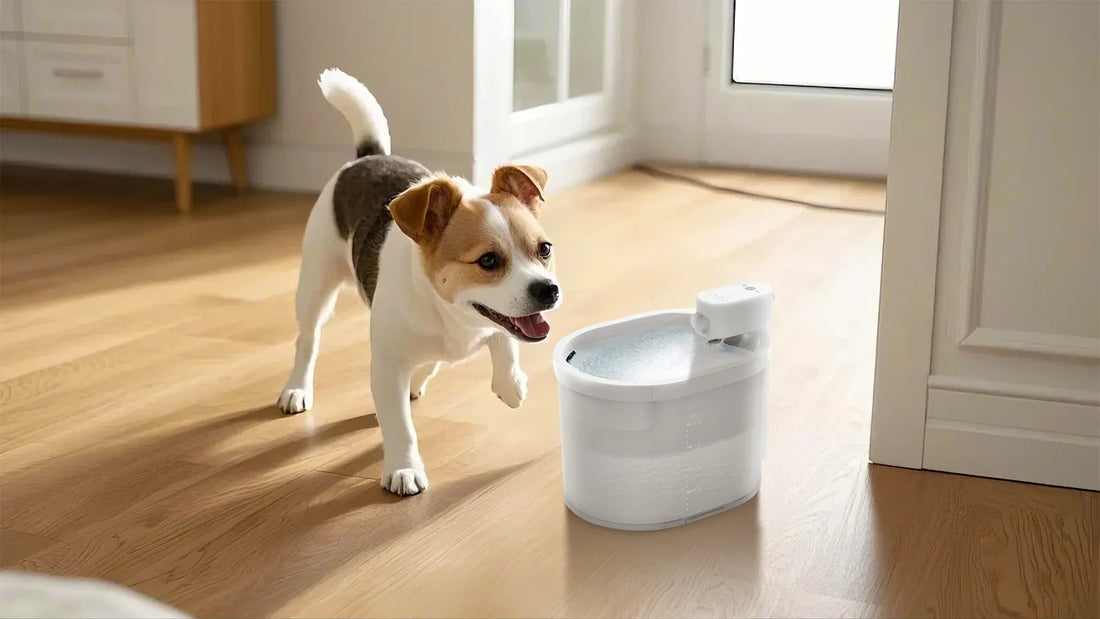Raising your dog's food bowl might seem like a small change, but it can have a significant impact on your pet's health and comfort. If you've ever wondered how to raise a dog bowl, you're in the right place. This guide will walk you through everything you need to know, from the benefits of elevated feeding to practical tips for implementation.
Why Raise a Dog Bowl?
Elevating your dog's food bowl can offer numerous advantages. For larger breeds, it reduces the strain on their neck and back, making mealtime more comfortable. It can also help prevent bloating, a serious condition that affects some dogs. Additionally, raised bowls can keep the feeding area cleaner by minimizing spills and messes.
Choosing the Right Height
The height of the raised bowl is crucial. Ideally, the bowl should be positioned at a level where your dog can eat without bending down too much. Measure the distance from the floor to your dog's chest while they are standing, and subtract a few inches to determine the optimal height. This ensures a natural and comfortable posture during meals.
Materials and Durability
When selecting a raised bowl stand, consider the material. Options include wood, metal, and plastic. Each has its pros and cons. Wooden stands are sturdy and aesthetically pleasing but may require more maintenance. Metal stands are durable and easy to clean, while plastic stands are lightweight and affordable. Choose a material that suits your dog's needs and your home's decor.
DIY Raised Bowl Options
If you're handy, you can create a raised bowl stand yourself. Use materials like PVC pipes, wooden planks, or even repurpose old furniture. Ensure the structure is stable and safe for your dog. DIY projects allow you to customize the height and design to perfectly fit your pet.
Safety Considerations
Safety is paramount when raising a dog bowl. Ensure the stand is sturdy and won't tip over during use. Avoid sharp edges or small parts that could pose a choking hazard. Regularly inspect the stand for wear and tear, and replace it if necessary.
Maintenance and Cleaning
Keeping the raised bowl and stand clean is essential for your dog's health. Wash the bowl after every meal to prevent bacteria buildup. Wipe down the stand regularly to remove dirt and debris. If the stand is made of wood, consider using a pet-safe sealant to protect it from moisture.
Training Your Dog to Use a Raised Bowl
Some dogs may need time to adjust to a raised bowl. Start by placing the bowl at a slightly elevated height and gradually increase it over time. Encourage your dog with treats and positive reinforcement. Patience is key to helping your pet adapt to the new setup.
Common Mistakes to Avoid
One common mistake is choosing a bowl that's too high or too low, which can defeat the purpose of raising it. Another mistake is neglecting to secure the bowl, leading to spills and accidents. Always double-check the height and stability of the setup.
When to Consult a Veterinarian
If your dog shows signs of discomfort or difficulty eating from a raised bowl, consult your veterinarian. They can provide personalized advice based on your dog's breed, size, and health condition. In some cases, a raised bowl may not be suitable, and your vet can recommend alternative solutions.
Raising your dog's food bowl is a simple yet effective way to enhance their mealtime experience. By following these tips, you can ensure your pet enjoys a comfortable and healthy feeding routine. Ready to make the switch? Your dog will thank you!













